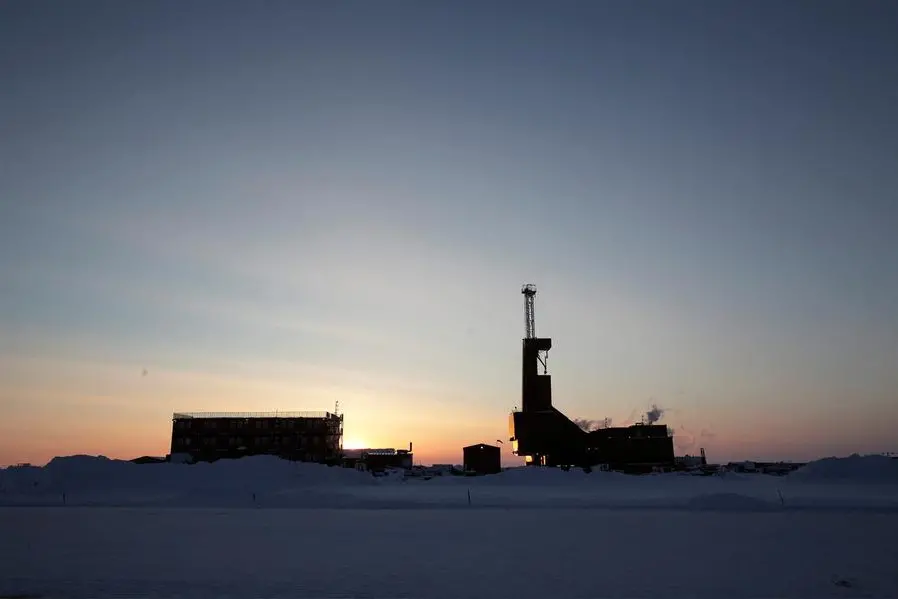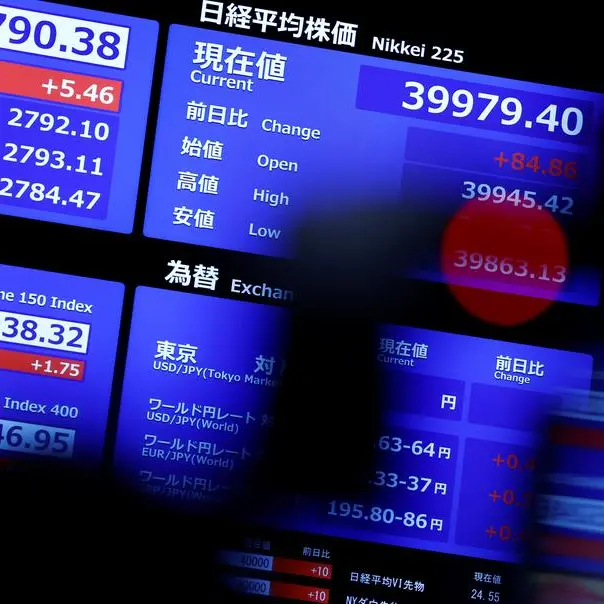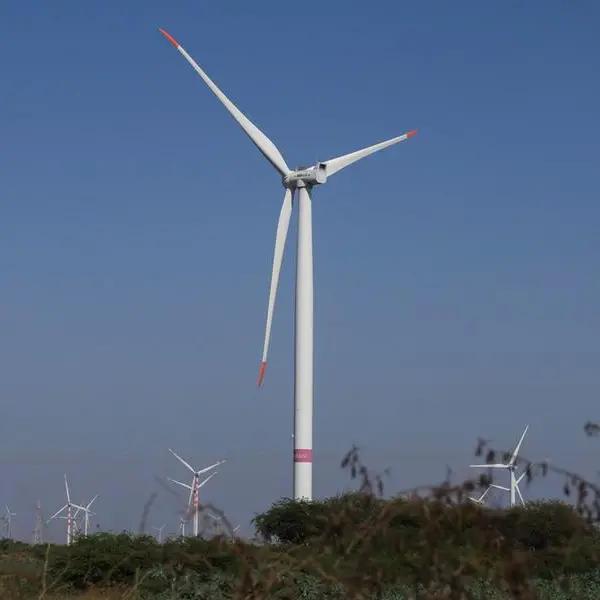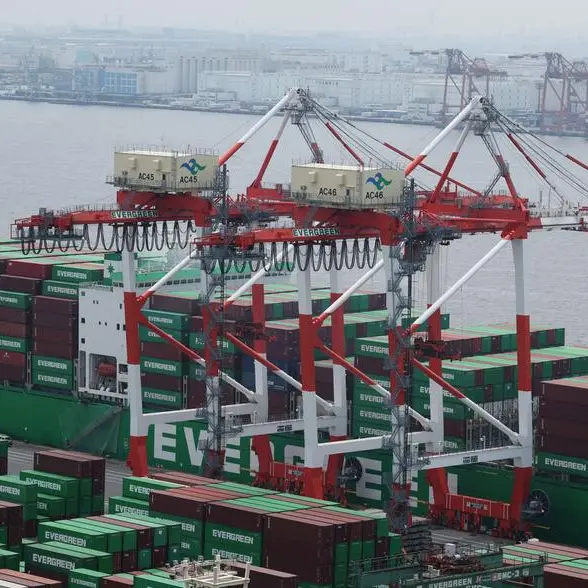PHOTO
FILE PHOTO: The sun sets behind an oil drilling rig in Prudhoe Bay, Alaska on March 17, 2011. REUTERS/Lucas Jackson/File Photo
LONDON - U.S. oil and gas production show further signs of flattening out or turning down, a delayed response to the decline in prices over the last two years after the initial shock caused by Russia's invasion of Ukraine in early 2022.
Total crude and condensates production from the Lower 48 states, excluding federal waters in the Gulf of Mexico, averaged 11.0 million barrels per day (b/d) in May up from 10.6 million b/d in the same month a year earlier.
The seasonal increase was the smallest since the first wave of the coronavirus pandemic in 2020 and before that the aftermath of the volume war fought between U.S. shale producers and Saudi Arabia in the mid-2010s.
Production growth compared with the prior year slowed to just 0.4 million b/d from as much as 0.8 million to 1.0 million b/d in early in 2023, according to data from the U.S. Energy Information Administration (EIA).
Drilling activity typically responds to a change in prices with a delay of 4-5 months reflecting the time needed to contract rigs, move them to the drilling site, set up the equipment and start boring.
Production typically responds with an additional lag of 7-8 months reflecting the time needed to hydraulically fracture and complete wells, connect them to the pipeline gathering system and start commercial oil flows.
So the current slowdown in both drilling rates and deceleration in production growth reflects the decline in oil prices from their peak in the middle of 2022 and especially since the middle of 2023.
Chartbook: U.S. oil and gas production
After adjusting for inflation, front-month U.S. crude futures prices have fallen to average of $74 per barrel so far in August 2024 from $84 in August 2023 and a high of $124 in June 2022.
In real terms, prices have retreated to only the 44th percentile for all months since the turn of the century from the 82nd percentile just over two years ago.
Lower prices have removed much of the incentive to increase output and encouraged exploration and production firms to focus on improving efficiency instead.
The number of rigs drilling for oil averaged just 479 in July 2024 down from 534 a year earlier and a peak of 623 in December 2022.
Over the same period, the number of rigs drilling primarily for gas has declined even more sharply, reducing growth in condensates recovered from gas wells.
As a result, lower prices and slower growth in U.S. shale production have created conditions for Saudi Arabia and its OPEC⁺ allies to increase their own output by rescinding previous cuts and regain some market share.
Instead, however, prices have tumbled even further recently, as traders become increasingly concerned about an economic slowdown in the major economies and associated deceleration in oil consumption growth.
If the consumption slowdown fails to materialise, however, the deceleration in shale production has created conditions for OPEC⁺ to enjoy some combination of higher production and/or prices later in 2024 and in 2025.
U.S. GAS PRODUCTION
With no equivalent of OPEC⁺ to coordinate a cut in production and support prices, U.S. gas futures prices, drilling activity and output have fallen much more sharply than for oil.
Dry gas production averaged 101.3 billion cubic feet per day (bcf/d) in May down from 103.6 bcf/d in the same month a year earlier, EIA data show.
The seasonal decline in output was the largest since the first wave of the pandemic in May 2020 and before that May 1999.
In recent months, inflation-adjusted front-month gas futures prices have slumped to around $2 per million British thermal units, which was at or close to some of the lowest levels on record.
The number of rigs drilling for gas has fallen to around 100 per month from a post-invasion high of 162 in September 2022. Lower production will eventually deplete inventories and push prices higher again.
So far, the adjustment has been repeatedly postponed by a relatively cool summer in 2023 (which depressed airconditioning demand) followed by a mild winter in 2023/24 (which cut heating demand).
In addition, the Freeport LNG's liquefaction facility has experienced multiple interruptions, slowing the growth in gas exports and making it harder to clear surplus stocks.
As a result, prices have remained lower for longer to encourage gas-fired power generators to use as much gas as possible.
Despite these setbacks, the adjustment process is well underway and inventories are likely to revert to more normal levels by the end of winter 2024/25, unless it proves to be another exceptionally mild one.
John Kemp is a Reuters market analyst. The views expressed are his own. Follow his commentary on X https://twitter.com/JKempEnergy
(Editing by David Evans)





















